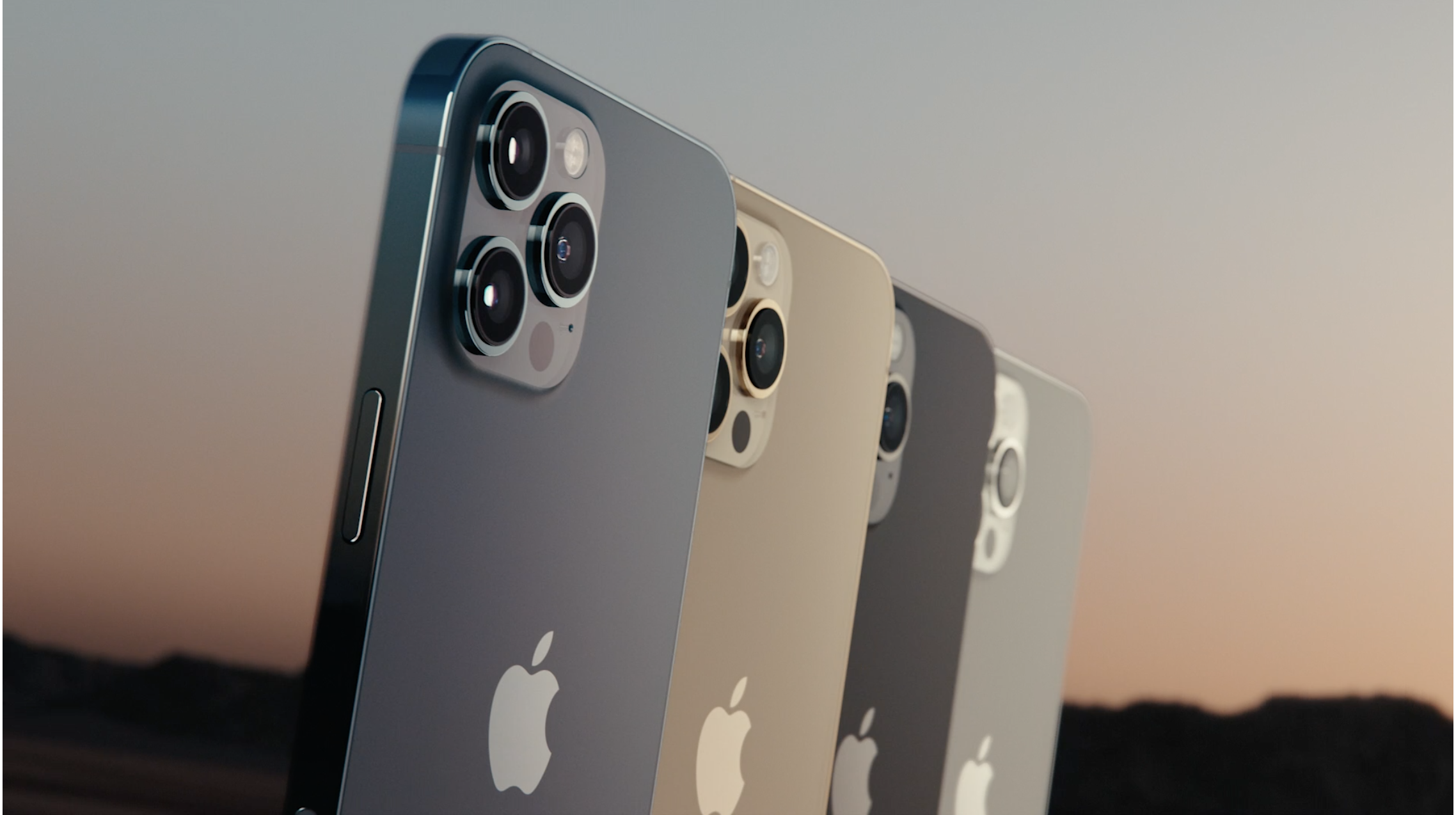
Apple
- Apple’s iPhone 12 Pro and Pro Max come with a LiDAR sensor and 5G, two technologies that can make the iPhone much better at running augmented reality apps.
- The features are debuting on the iPhone as Apple is rumored to be working on an AR headset to be released in 2022.
- The LiDAR sensor, which debuted on the iPad Pro earlier this year, enables the iPhone to create a depth map of your surroundings, making it easier to place virtual objects around a room.
- 5G, meanwhile, can help devices maintain fast, low-latency connections to the cloud, allowing tech companies to make thinner and lighter devices.
- Visit Business Insider’s homepage for more stories.
Apple CEO Tim Cook has voiced his excitement about augmented reality technology on numerous occasions, once describing it as an idea as big as the smartphone itself when speaking to The Independent.
On Tuesday, the company released a pair of new iPhones that appear to be perfectly tailored for the kinds of experiences Cook is likely referring to when it comes to AR: the iPhone 12 Pro and iPhone 12 Pro Max.
Apple introduced its anticipated iPhone 12 lineup on Tuesday, which includes the $700 iPhone 12 mini, the $800 iPhone 12, $1,000 iPhone 12 Pro, and $1,100 iPhone 12 Pro Max. All four iPhones support 5G connectivity, making them Apple’s first smartphones to do so.
The major feature that distinguishes the iPhone 12 Pro and Pro Max from their cheaper siblings — other than their triple-lens rear camera and sophisticated photography features — is their LiDAR scanner for helping the device understand its surroundings.
Both 5G and LiDAR are technologies that are critical for enabling augmented reality apps, and they’re coming to the iPhone at a time when Apple is said to be developing AR glasses of its own. If the rumors and reports that have emerged in recent years are to be believed, AR glasses could be Apple’s next major computing device.
The LiDAR sensor, which Apple first debuted on the 2020 iPad Pro, can develop a depth map of your surroundings by measuring how long it takes for light to reflect back from an object.
Apple says the technology can help your iPhone quickly understand the surfaces in your environment, improving performance in augmented reality apps. LiDAR is excellent at detecting range and can therefore help developers easily map a room at scale, as Sebastiaan de With, co-founder of the photography app Halide, wrote back in April.
Once you have a basic understanding of how LiDAR works and what it does, it's easy to imagine how it could be helpful for augmented reality. But what may be less obvious is why 5G is important for AR.
The next-generation wireless network is crucial for AR because it will enable gadgets to maintain a constant, low-latency connection to the cloud, meaning much of the computing burden won't have to fall on the device itself. In other words, 5G could let devices run powerful programs without needing powerful processors physically on them.
That could allow tech companies to create computing devices that are much thinner and lighter than the gadgets we use today — like smart glasses, as Cristiano Amon, president of mobile chipmaker Qualcomm, said to Business Insider last year.
"It's not going to replace your phone, but you're going to have a different type of device," Amon said. "Think of the evolution of eyeglasses."
This year's iPad Pro and iPhone 12 Pro are among the first Apple hardware products designed to enable better AR performance, thanks to their LiDAR sensors. But Apple is rumored to have an AR headset and pair of smart glasses in the works.
Apple is planning to launch a headset that would offer a combination of augmented and virtual reality experiences in 2021 or 2022, according to Bloomberg's Mark Gurman. That device would be geared toward activities like gaming, virtual meetings, and entertainment, the report says. A more lightweight pair of augmented reality-enabled smart glasses is said to be coming in 2023.
TF International Securities analyst Ming-Chi Kuo, who has a reputation for his often accurate predictions about upcoming Apple products, also says Apple is likely to release some type of augmented reality wearable device in 2022, as CNBC previously reported.
Apple hasn't said when or if it ever plans to launch a dedicated augmented reality headset. But if the company does intend to launch an AR headset in 2022, building LiDAR tech into the iPhone today could certainly help developers create high-quality AR apps ahead of time — possibly laying the foundation for what's to come.

